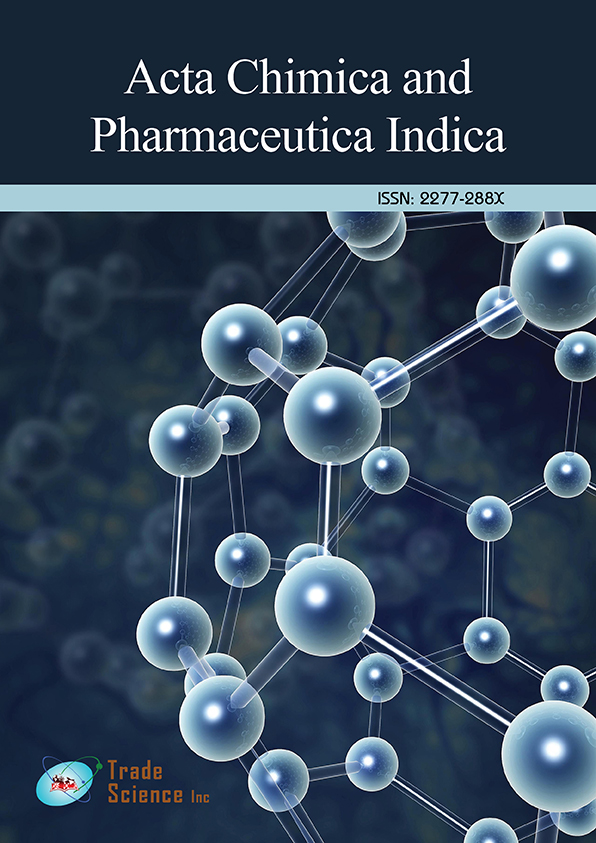Perspective
, Volume: 13( 4) DOI: 10.37532/2277-288X.2023.13(4).215Reactions between Peptides
- *Correspondence:
- Nantoi RamantuDepartment of Chemistry, College of Science, California, USA, E-mail: ramantunan88@gmail.com
Received: October 01,2023, Manuscript No. tsacpi-24-116869; Editor Assigned: October 05,2023, Pre-QC No. tsacpi-24- 116869(PQ); Reviewed: October 20,2023, QC No. tsacpi-24- 116869(Q); Revised: October 25,2023, Manuscript No. tsacpi-24- 116869(R); Published: October 29,2023. DOI: 10.37532/2277-288X.2023.13(4).215
Citation: Ramantu N. Reactions between Peptides. Acta Chim Pharm Indica 2023;13(4):1-2
Abstract
Peptides, short chains of amino acids, play a vital role in biological processes and have garnered significant attention in various scientific fields. Understanding the reactions that peptides undergo is essential for applications in drug development, biomaterials, and biochemistry. This research article aims to provide an overview of reactions involving peptides, their significance, and potential applications.
Keywords
Biochemistry; Drug development; Biomaterials
Introduction
Peptides, composed of amino acids connected by peptide bonds, are fundamental building blocks in biological systems. These molecules serve various roles in living organisms, including hormone regulation, enzyme catalysis, and cell signaling. Understanding the reactions that peptides can undergo is crucial for a comprehensive comprehension of their biochemical and functional properties. Peptide reactions can occur through a variety of mechanisms, including hydrolysis, oxidation, reduction, and conjugation. This article focuses on elucidating these reactions and their implications in drug development, biomaterials, and other scientific endeavors.
Hydrolysis is a prevalent reaction where peptides are broken down into constituent amino acids due to the addition of water. This reaction is catalyzed by enzymes like peptidases and is crucial for protein metabolism and digestion.
Peptides can undergo oxidation, where they lose electrons, or reduction, where they gain electrons. Oxidation can result in the formation of disulfide bonds, influencing the peptide's stability and structure. Reduction, on the other hand, can impact the peptide's redox potential and reactivity.
Conjugation involves the binding of peptides with other molecules, such as proteins, drugs, or nanoparticles. This reaction expands the applications of peptides, allowing for targeted drug delivery, imaging, and bioconjugation.
Peptides can undergo intramolecular reactions to form cyclic structures. Cyclization enhances peptide stability, bioavailability, and resistance to enzymatic degradation, making it an important reaction in drug development.
Understanding peptide reactions is vital for the development of novel drugs, biomaterials, and therapeutic agents. Peptide-based drugs are gaining prominence due to their high specificity, low toxicity, and diverse therapeutic potential. Moreover, peptide conjugation has revolutionized drug delivery systems, enabling precise targeting of diseased cells and tissues.
Conclusion
Peptides are versatile biomolecules that participate in a myriad of reactions, influencing their structure, stability, and functionality. The study of peptide reactions is fundamental in unveiling the underlying mechanisms that govern biological processes and developing innovative applications in drug development, biomaterials, and beyond. Continued research and exploration in this field hold the promise of advancing our understanding of peptides and unlocking their full potential in various scientific domains.
